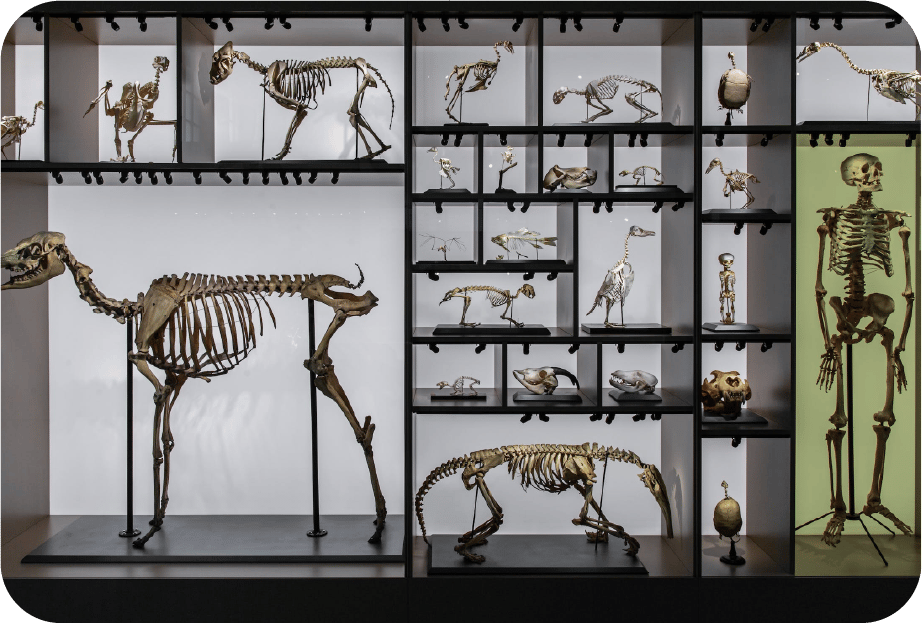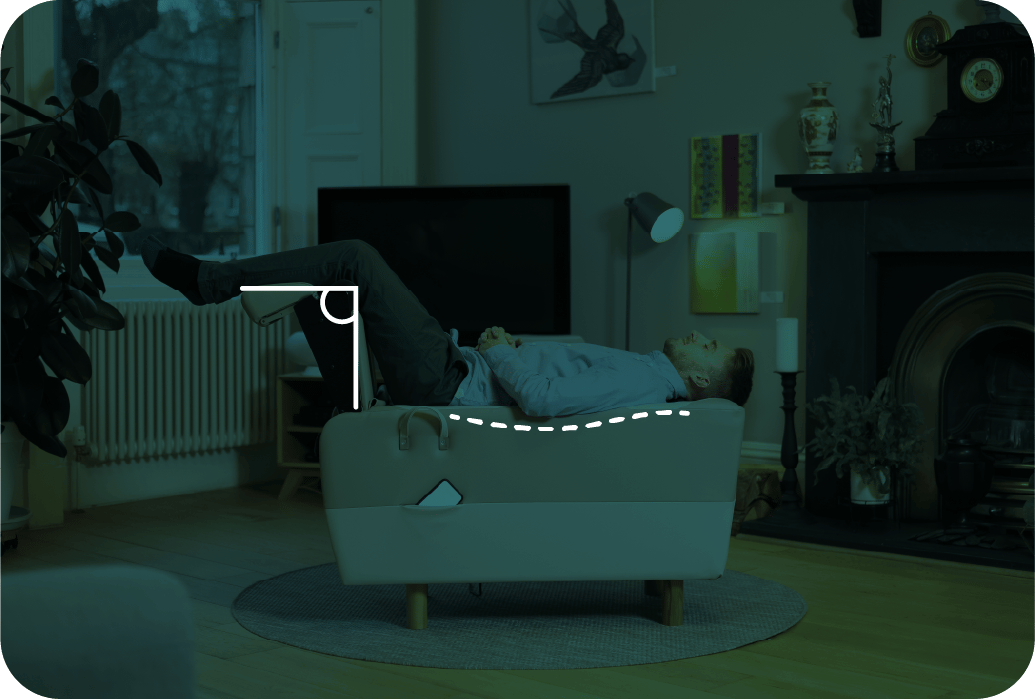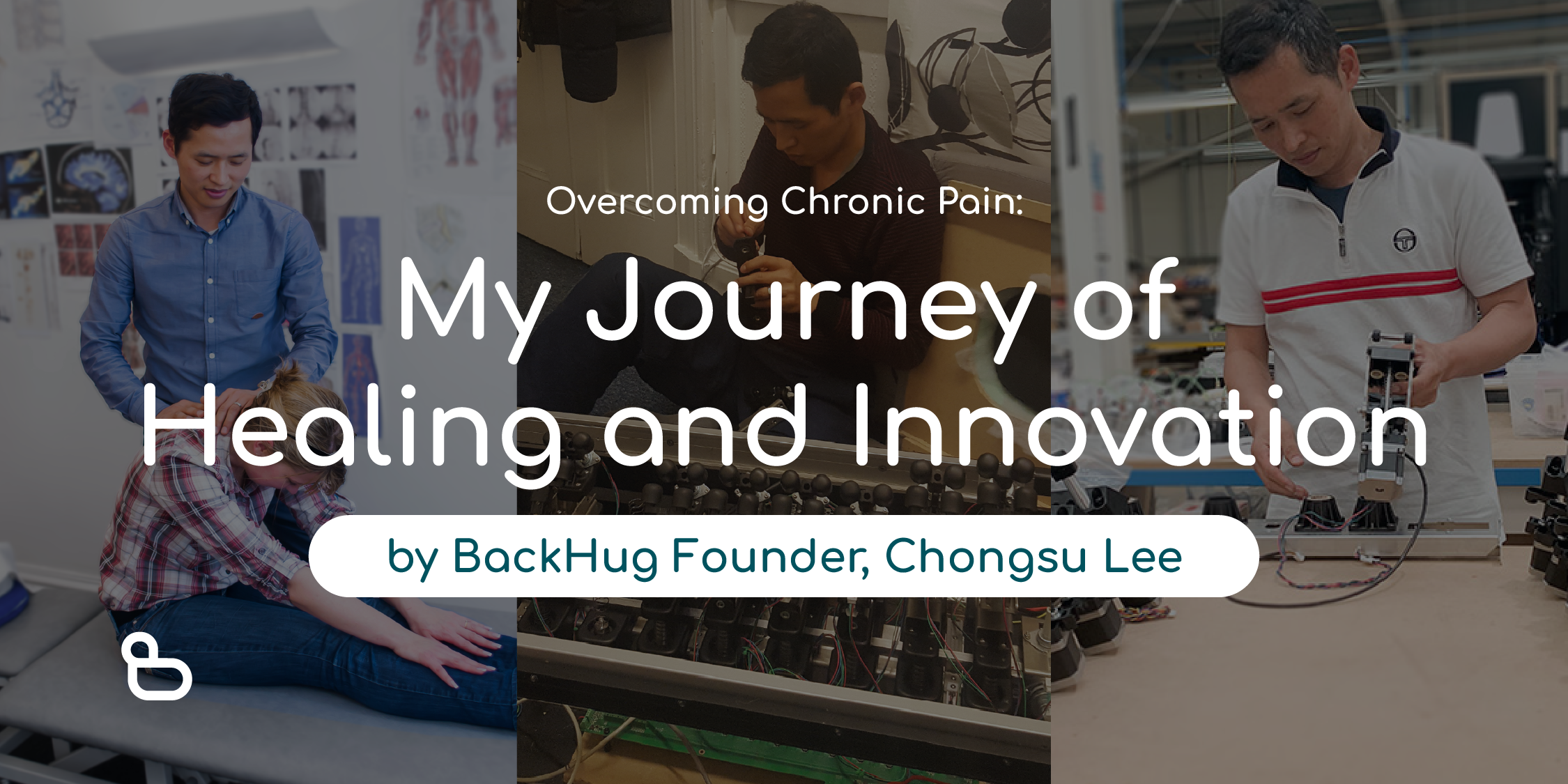Ergonomics - Buzzword, or Helpful Health Ally?
We mention that BackHug is "ergonomic" a lot on our website, and you might be thinking “Great, but what does that even mean?” and, we get you, it can easily appear to be yet another fancy marketing buzzword like “synergy”, “unprecedented”, or “next-gen”. But, ergonomics is an important factor when designing a product for human use - especially in regards to the human body, and keeping things natural.
So, what exactly is ergonomic design?
Simply put, ergonomic design is all about creating products and spaces that prioritise the well-being and comfort of the human body, and the use or mis-use of ergonomics affects our daily lives in profound ways.
So, buckle up, because we're about to embark on a journey to discover the true importance of ergonomic design.
The Human-Centred Approach

Picture this: you're sitting in a poorly designed chair, trying to get work done. But wait! Your back is aching, your wrists are strained, and your productivity is plummeting. That's where ergonomic design comes in.
Ergonomic design takes a human-centred approach. It's all about understanding our bodies, our needs, and creating products that work harmoniously with us and considers our body's natural mechanics and strives to minimise the strain and discomfort we often experience in our daily activities.
From adjustable chairs that provide lumbar support to ergonomic keyboards that reduce typing strain, these designs have our backs—literally! And it's not just about the physical aspects. Ergonomic design also takes into account our cognitive and emotional well-being. It considers factors like lighting, noise levels, and even colours that can affect our mood and concentration.
How BackHug uses Ergonomics to Enhance Comfort and Well-being

BackHug embraces the mindful and human approach to ergonomics through both the design of the device, and the way users are positioned while receiving a session.. Its V-shaped upholstery hugs your body, keeping you in position, while the U-shaped headrest provides essential support to minimise strain on your neck.
Then, the most unique ergonomic feature of BackHug is the leg rest: during a session, the user’s legs are gently raised into 90° position, and while this may look odd, there is a very important reason for this design: to flatten your lower back, reducing tension and relaxing your spine. This allows for the human-sized robotic fingers to get into your joints and work their magic.
These features have been meticulously tested with over 1,000 users to optimise your therapy. It's not just about providing temporary comfort; it's about long-term benefits for your well-being.
So, whether you're using BackHug in your office, at home, or even in public spaces, you can rest assured that its ergonomic design is working its magic to enhance your comfort, reduce strain, and promote relaxation.
So is it just a buzzword?
While Ergonomics may sound like a fancy buzzword, its impact on our daily lives is far from superficial. It's a crucial ally in the quest for comfort, well-being, and productivity. By prioritising the human body and its natural mechanics, ergonomic design has the power to transform the way we interact with our surroundings, whether it's in the office, at home, or even during a therapeutic session with BackHug.


